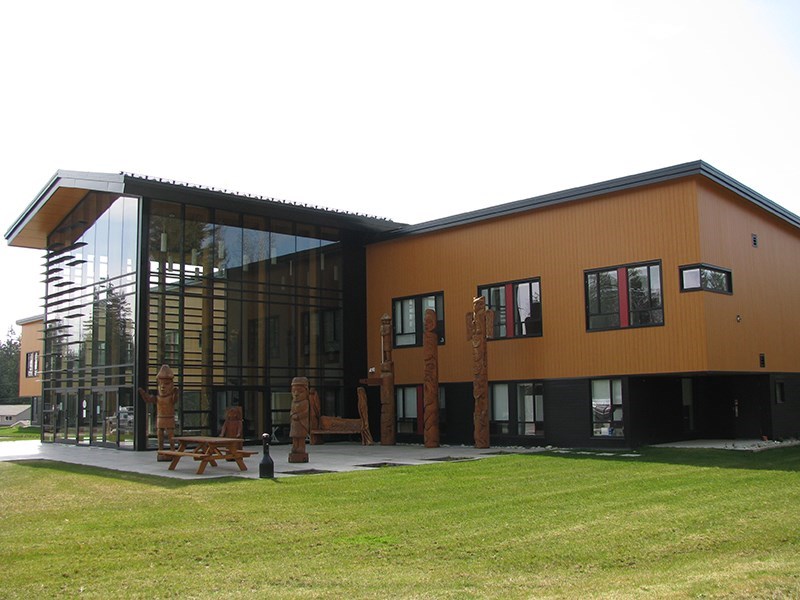In BC there have been six self-governing agreements made between the Government of Canada, the Province of BC and First Nations including: Nisga'a, shíshálh, Westbank, Tsawwassen and Tla'amin.
Tla’amin Nation entered the British Columbia treaty process in 1994 and after 20 years of negotiation, the Tla’amin Final Agreement came into effect on April 5, 2016.
In a statement released by Tla'amin today, the nation is celebrating the eighth anniversary of its modern treaty and self-government agreement.
"For Tla’amin, a modern treaty provided a framework to protect First Nations rights and title within its traditional territory, including the right to hunt, fish and gather cultural resources.
It protected large tracts of Tla’amin territory, which was increasingly being bought up by private owners. It also provided for proper government-to-government relationships."
First Nations have been living under the Indian Act for over 140 years, which is an imposed colonial governance system and continues to determine how most First Nations in Canada are governed to this day, according to the Government of Canada.
"Achieving one of the few modern treaties in BC required open dialogue with city and regional district partners,” Tla’amin stated. “This included sharing our land-use plans, collaborating on economic opportunities and penning a strong Community Accord and award-winning protocol agreement on Culture, Heritage, and Economic Development with the city. This commitment to open dialogue and transparency was incorporated into many aspects of the treaty itself, and into Tla’amin laws.”
Hegus John Hackett stated that this recent history can guide our future relations: “No one is going anywhere, and we’ve always said that this is everyone’s treaty. The valued partnerships created on our self-determination journey are no less important today than they were 30 years ago. Being an isolated community we only have each other to depend on and we look forward to refreshing these relationships with leadership so that our whole region can thrive.
“Our hands are raised with respect to our neighbours who continue to grow, share and learn alongside us. As responsible neighbours it is our governing responsibility to stand upon our treaty foundation and find common ground to improve the quality of life of all our citizens.”
Tla’amin Nation member and granddaughter of Tla’amin elder Elsie Paul, Harmony sɛƛakəs Johnson, assisted with Tla'amin treaty work.
"My time in supporting the treaty work was a blip in the scheme of things but I am feeling more optimistic than I ever have," Johnson told the Peak.
Johnson is vice president of Indigenous Wellness and Reconciliation with Providence Health Care, and spends her time between Tsleil-Waututh Territory and Tishosum.
"Tla’amin is one of the largest employers in the region, and they run leading-edge health, education and social services," added Johnson. "Tla’amin kids are speaking ʔayʔaǰuθəm, Tla’amin folks demonstrate leadership and administrative excellence in Tla’amin and beyond, and Tla’amin people are feeling a sense of pride, belonging, and ease in our identity, and in many ways ties to the toolbox that the treaty provides, and the context that it creates for all of us as treaty people in qathet."
Tla’amin citizens will celebrate treaty day on May 2, 2024, with a feast and social dance at the Tla’amin Spring General Assembly.
Join the Peak’s email list for the top headlines right in your inbox Monday to Friday.



